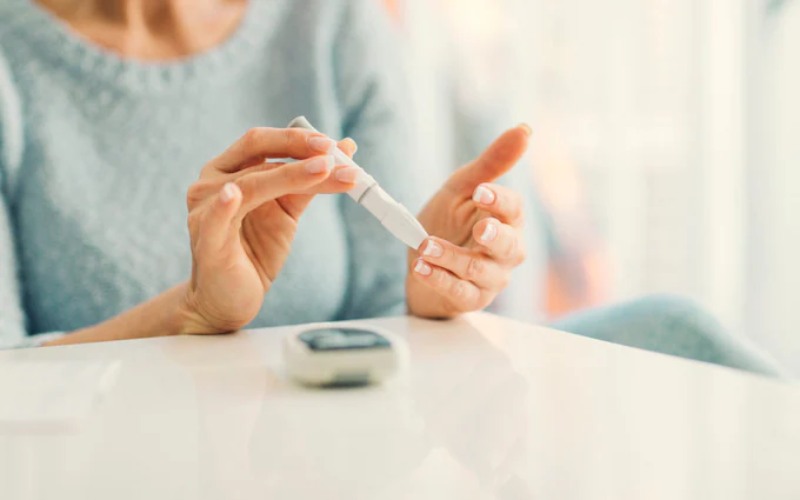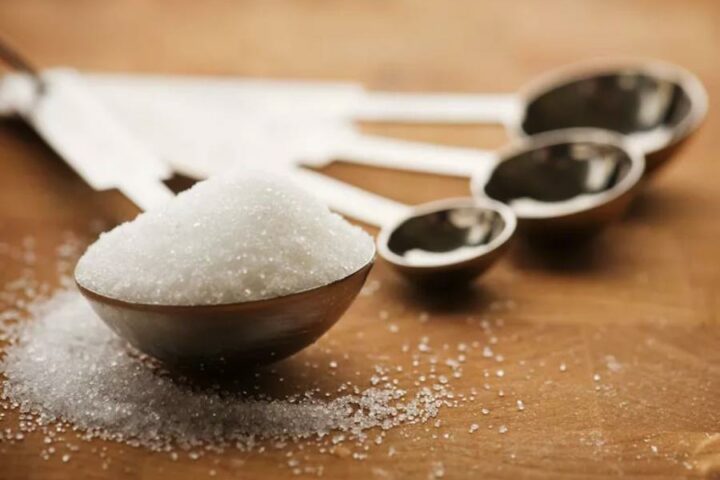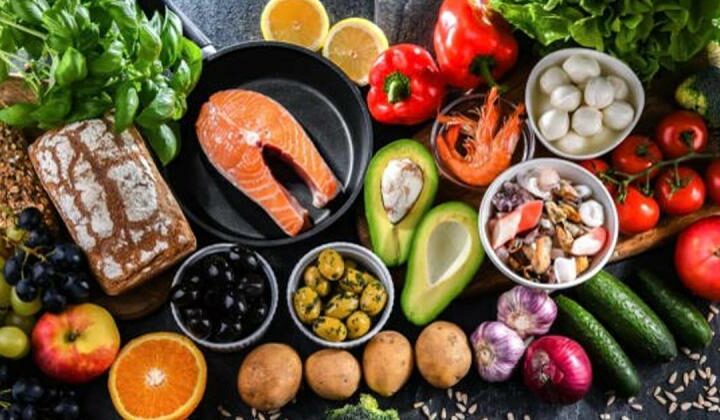Globally, the prevalence of Type 2 diabetes has increased significantly during the last three decades.
The International Federation of Diabetes projects a 46% increase in the number of persons with diabetes by 2045—one in eight.
Eating too many refined grains and not enough whole grains is the main dietary cause of Type 2 diabetes, according to a recent study that examined dietary and health data from 184 different nations.
A recent international study involving 20 countries strengthens the body of research showing that the quality of carbohydrates plays a role in preventing the condition.
The results clearly imply that consuming meals low in glycemic index—that is, foods that do not cause an insulin or blood glucose surge after eating—is protective.
Here’s an overview of the most recent studies along with a list of foods to avoid blood sugar increases.
Definitions of Glycemic Load and Glycemic Index
Drs. David Jenkins and Thomas Wolever of the University of Toronto created the glycemic index (GI) in 1981. It rates foods high in carbohydrates from 0 to 100 according to how quickly they raise blood sugar levels when compared to pure glucose.
Insulin is released in response to a spike in blood sugar levels; over time, these processes can result in glucose intolerance and Type 2 diabetes.
Foods with a GI of 70 or higher cause blood sugar levels to rise sharply and then quickly drop. A few examples are refined breakfast cereals, croissants, doughnuts, cakes, raisins, rice cakes, jasmine rice, instant rice, baked russet potatoes, and white and whole wheat bread.
Foods with a low GI (55 or less) cause blood sugar to increase more slowly and then gradually drop. Some examples of low-glycemic foods are sourdough bread, dense multigrain breads, barley, quinoa, brown rice, al dente pasta, beans and lentils, sweet potatoes, winter squash, most fruits, and yogurt.
A more realistic picture of how meal affects blood glucose is provided by the glycemic load (GL). It takes into account both the food’s glycemic index and the amount of carbohydrates per serving.
For instance, eating a high-glycemic meal with little or no carbohydrates will have little effect on blood glucose and have a low GL.
The Latest Study Results
127,954 adults aged 35 to 70 who were involved in the PURE project (Prospective Urban and Rural Epidemiology) were included in the study, which was published on April 5 in the journal Lancet Diabetes & Endocrinology.
At the beginning of the trial, none of the participants—who came from 20 low-, middle-, and high-income nations—had Type 2 diabetes.
Dietary glycemic load and index were computed using the data gathered on diet.
7,326 patients had Type 2 diabetes after a 12-year period.
Those with the highest scores had a considerably higher risk of Type 2 diabetes compared to those whose diets had the lowest GI and GL ratings. Those with a high body mass index showed a more noticeable increase in risk.
Other variables that may affect the risk of diabetes were taken into consideration by the researchers, including family history, smoking, physical activity, and calorie, fiber, and whole grain intake.
The long follow-up period, sizable sample size, and inclusion of participants from low- to high-income nations are the study’s main advantages.
One of the study’s limitations is that nutrition was only recorded at the start; over time, eating habits may have altered. Additionally, dietary data was self-reported, which is subject to inaccuracy.
It is not shown that a low-glycemic diet reduces Type 2 diabetes; the study was observational in nature.
How metabolic health can be harmed by a high-glycemic diet
There has been prior research between high GI diets to a higher risk of Type 2 diabetes.
Similar results were found in a review of big studies released earlier this year.
Reduced insulin sensitivity, decreased insulin production, and poor blood glucose management have all been linked to high GI meals.
Significant increases in blood glucose levels following meals have been demonstrated to exacerbate oxidative stress and inflammation, two conditions that are assumed to facilitate the onset of Type 2 diabetes.
diet Plans For Blood Sugar Balancing
Select unprocessed or less processed carbs (such as whole grains, sweet potatoes, winter squash, beans and lentils, and whole fruit) over refined carbohydrates when preparing meals to reduce their glycemic load.
These meals provide fiber, which slows down the body’s absorption and digestion of carbs.
Meals should be balanced with nutrients like healthy fats and protein, which both slow down the breakdown of carbohydrates.
By delaying digestion and boosting cell uptake of glucose, adding vinegar to food—such as vinaigrette dressing—can help reduce the spike in postmeal glucose.
Think about your meal order as well. According to studies, eating refined carbohydrates (such as white rice, pasta, or bread) last and veggies, protein, or fat first can reduce blood sugar rises.
- Consuming These Items ‘Can Add 13 Years To Your Life’ - July 13, 2024
- Easy Measures To Maintain Your Eyesight Sharp For Years To Come - July 10, 2024
- Thrive Global and OpenAI Present AI Health Coach for Chronic Illness - July 10, 2024








